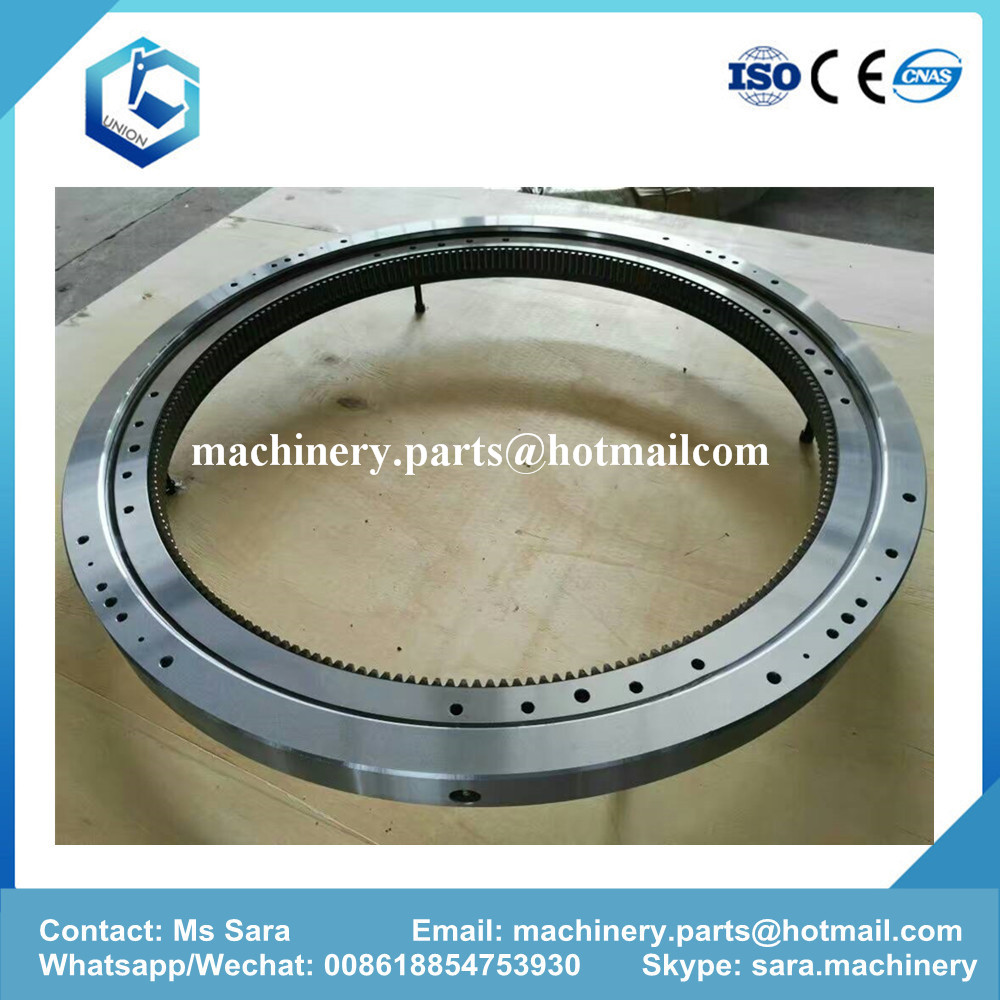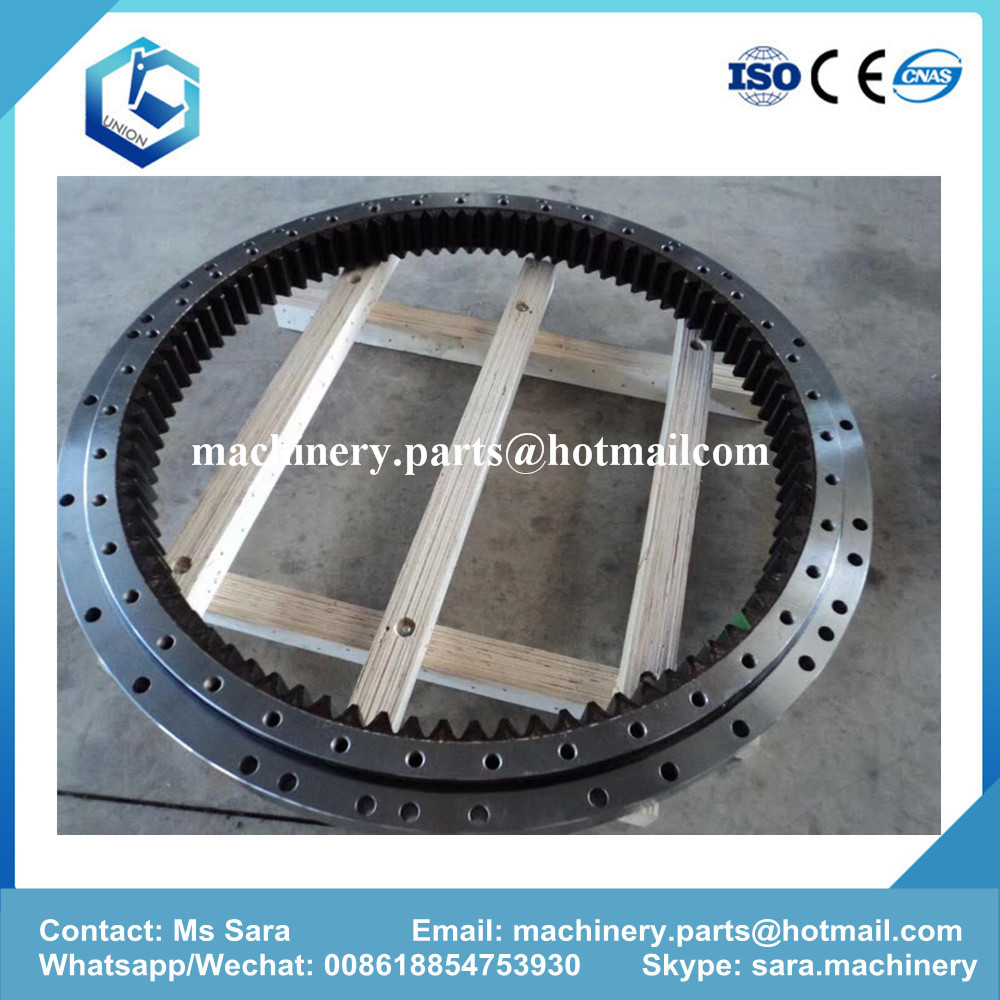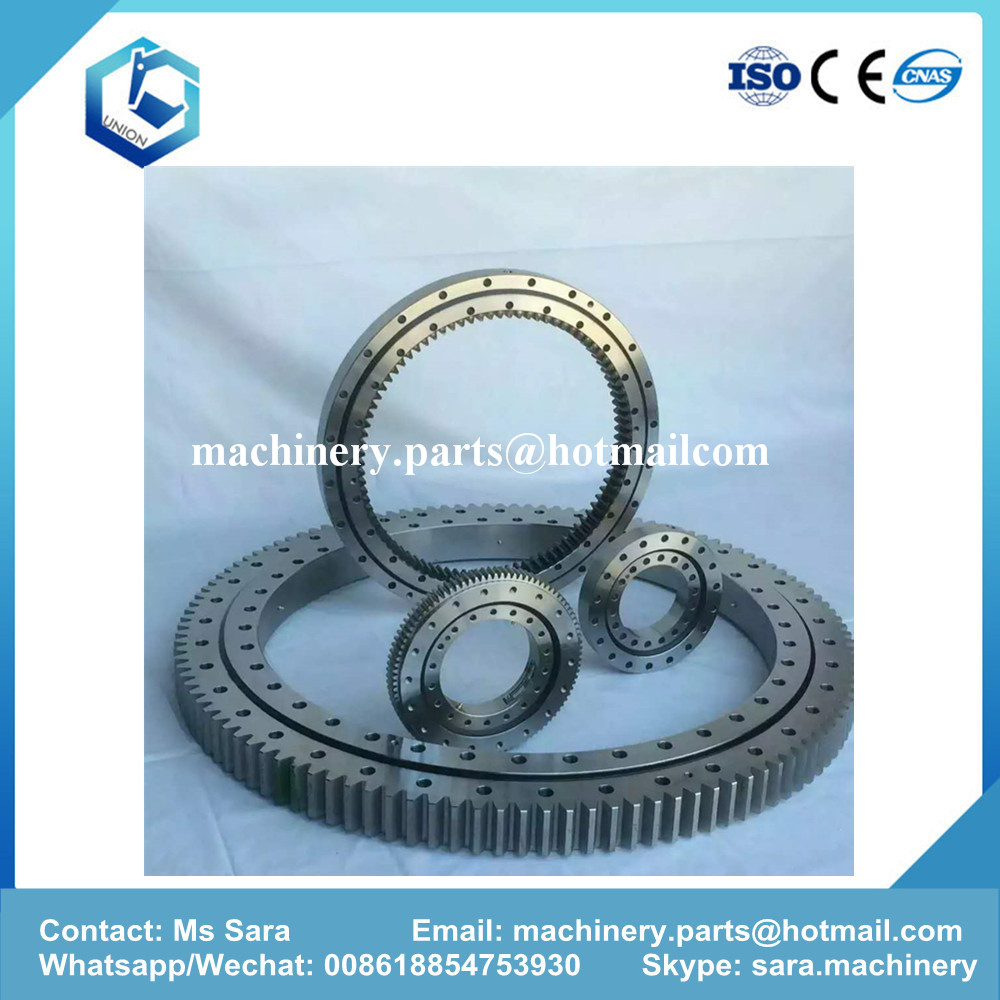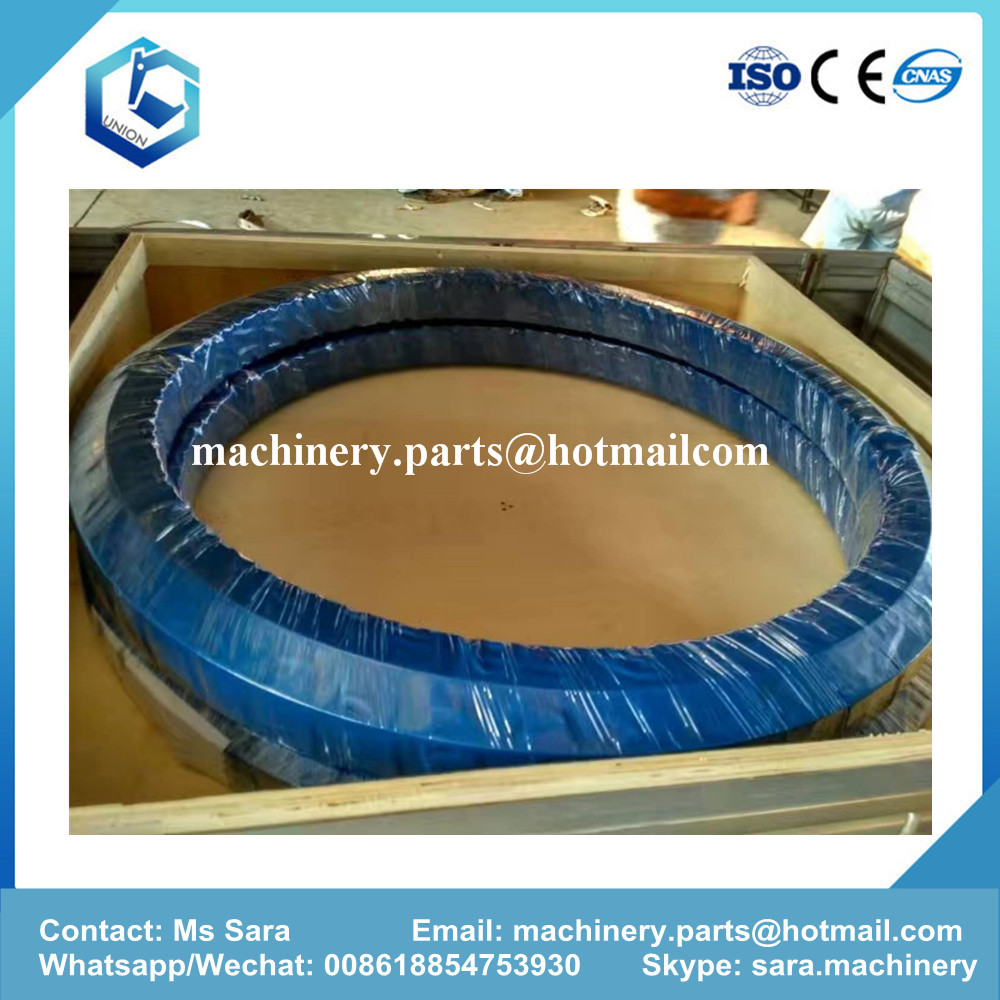In remote areas, natural gas is pumped out of the ground and the pipeline transports it to refineries hundreds of miles away. Natural gas pipelines require large engines to power the gas compression stations and continue their transport along the pipeline.
An engine is installed every 40 to 100 miles along the pipeline and they are critical to the efficiency of gas transmission. Any engine failure will affect the integrity of the compression station, causing shutdowns of several days or even weeks, resulting in huge economic losses.
Making these engines properly lubricated is an important task of the diaphragm pump. Pipeline operators rely on pumps to allow oil and coolant to circulate between engines, maintaining optimal efficiency and avoiding failures. When a compressor stops working, the pump prevents the motor from locking and ensures that it is properly lubricated. This process is also necessary for the pre-lubrication of the motor before the compression station is restarted. However, the pump used in the compression station usually needs to operate in an extremely remote area, and there are many difficulties that need to be overcome.
In general, operators need to find ways to use pumps at compressor stations that have no ready-made energy. Pneumatic pumps require the purchase of an air compressor and must also be electric. Compressed air can be piped to the appropriate location, but the cost is very high. If a pump fails or performs poorly, the maintenance costs are also very high. It is not feasible to install maintenance workers in remote areas, and it may take days or weeks before the pump can be reworked. Because pneumatic pumps require additional machinery, the risk of equipment damage increases.
The environment in remote areas can also damage the pump. Compressor station pumps are usually placed outdoors or in small sealed boxes and subjected to various weather conditions. Temperature fluctuations and extreme climatic conditions can cause significant damage to performance. If incorrect materials are used, the pump may suffer from corrosion, UV degradation, malfunction, and freezing. If the pump running around the natural gas pipeline is improperly installed, there is also a safety risk because the fluid flowing in the pump may ignite a flammable medium such as natural gas.
Because of the existing energy in the pipeline, many compression stations are now switching to a more convenient fluid-transporting equipment for natural gas driven diaphragm pumps. Natural gas diaphragm pumps do not require an air compressor and additional energy. They can be formed into a self-sealing system by withdrawing natural gas from the pipeline and returning it to the compression system. With the introduction of international safety and durability control standards, these pumps have brought many benefits to pipeline operators.
Natural gas-powered pumps In 2003, the Canadian Standards Association developed the CSA 2.01 standard, which was developed specifically for natural gas-powered diaphragm pumps. A pump that meets this standard eliminates electrostatic discharge and does not cause the surrounding natural gas to ignite. The standard stipulates that the CSA certified pump needs to be equipped with a grounding wire to release static electricity and create a safe working environment. CSA certified pumps are also tested for performance and durability. The pump runs without fault 13 million cycles to pass the certification. All CSA certified pumps must be tested without destroying the diaphragm or any component misalignment. In addition, the pump must withstand the leakage test at 15 times the rated pressure. Threaded joints are also subject to bending and specific torque tests. The introduction of CSA 2.01 not only established an industry standard for the quality measurement of natural gas powered diaphragm pumps, but also helped natural gas pipeline operators develop important technological innovation strategies for handling fluid transport problems in remote areas.
Non-leakage technology One of the main differences between pneumatic and natural gas powered pumps is exhaust. Standard diaphragm pumps have a muffler that discharges compressed air into the atmosphere. However, natural gas cannot be released into the atmosphere like compressed air. The natural gas power pump needs a vent hole to suck in natural gas and transport it back to the compression system. CSA certification requires a higher level of process to ensure that the delivery of natural gas is completely leak-free.
Figure 1 Diaphragm pump.
Screw seals on fasteners are often overlooked leak risks that help maintain energy integrity. Using a sealant on the fastener can prevent the motor from escaping air bubbles during operation. In addition to obvious safety issues, gas leaks can also cause efficiency problems. Pumps that leak gas from the motor produce lower flow rates and require more energy. CSA certified pumps provide pipeline operators with safety and efficiency to ensure leak-free operation.
CSA certification also requires manufacturers to produce extremely strong, high-strength castings and components. To save costs, some manufacturers do not machine their castings, resulting in poor surface quality, resulting in leakage under high pressure. However, CSA-approved pumps require hydrostatic testing, bursting at 5 times the rated pressure, and testing for component response.
On the main valve sleeve, high-endurance mechanical drills and valve parts have a perfect surface quality and the correct tolerance to the valve mechanism. When the valve moves, the perfect surface quality makes O-ring and U-shaped groove can be used as a seal, so it can produce good movement signal and no leakage integrity under high pressure. The CSA certification encourages manufacturers to use all-metal structures for higher durability because non-metallic injection molded housings are prone to UV aging and have lower resistance. All metal pumps have higher stability in the pipeline circuit.
The CSA standard also requires a thick pump housing and a high strength diaphragm. As natural gas causes the diaphragm to expand, the pressure in the pump is created by emptying the fluid chamber. In order to withstand the high pressure test, the pump casing thickness needs to be between 1/8 and 3/8 in, depending on the size.
Figure 2 Compression station.
The diaphragm of the pump should be made of a material with high flexural strength, such as thermoplastic elastomer (TPE). TPE is better able to withstand the stress and pressure generated by compressed natural gas, resulting in longer diaphragm life. Similarly, parts that come into contact with the diaphragm cannot cause wear on the diaphragm. The diaphragm is connected to the pump shaft between the two large washers to form a sandwich structure. The sharp edges of these diaphragm gaskets or the raised areas on the pump casing can cause certain areas to wear on the diaphragm, which can cause tears and cracks over time. To withstand 13 million cycles and a series of stress tests, CSA certified pumps have a smooth surface.
Best Practices and Future Technology The pump should always operate at the manufacturer's recommended optimal pressure. The technician should use a filter regulator to prevent it from exceeding the manufacturer's specifications. The technician should also make sure that the pump's manufacturing material is compatible with the fluid being pumped. In pre- and post-lubrication applications, Santoprene Diaphragm Pumps using AES may not be compatible with the oil being pumped. Pipeline operators should install DuPont Hytrel diaphragms in the pump for optimum performance when delivering lubricating fluids. Inlet pressure is another important factor. In addition to fluid compatibility, the operator should ensure that the pressure of the fluid entering the pump meets the criteria. The proper maintenance of a natural gas powered pump depends on the correct natural gas pressure and matches the pump's material to the temperature of the pumped fluid and fluid. Adherence to these principles helps to extend the life of the pump. In the future, remote monitoring technology will continue to develop, reducing the need for technical staff to monitor equipment in remote areas. This can be achieved through the integration of wired and wireless sensors and system components so that the status of the pump can be monitored regularly. These sensors may be used for leak detection in diaphragm failure equipment, cycle sensing, and pressure regulation equipment to ensure that the fluid has the correct pressure and flow rate.
Swing Bearing for Excavator or slewing ring for excavator is a rotational rolling-element bearing or plain bearing that typically supports a heavy but slow-turning or slow-oscillating load, often a horizontal platform such as a conventional crane, a swing yarder, or the wind-facing platform of a horizontal-axis windmill.
Types:
1,Single Row Four Point Contact Ball Swing Bearing
2,Single Row Crossed Roller Swing Bearing
3,Double Row Ball Swing Bearing
4,Three Row Roller Swing Bearing
5,Single Row Crossed Rollers Swing Bearing
6,Single Row Four Point Contact Ball Swing Bearing
7,Single Row Crossed Roller Swing Bearing
8,Light type profile Swing Bearing
9,Light type profile Swing Bearing
Swing Bearing transport, maintenance
1, Swing Bearing must be very careful handling
2, Transportation and storage to the level of placement is appropriate, must be placed in dry storage room.
3, Lifting screw rings is preferred, a standard way, it and do not impact, in particular the collision radial direction
4, Rotary bearing surface topcoat with rust inhibitor, the anti-rust normally for 6 months, for more than 6 months of storage (such as for accessories) should be re-packaged anti-rust or take other storage measures.
Swing Bearing installation:
1, the requirements of mounting brackets
2,Installation and support the general use of tubular structures, aligned with the center wall and the track is better.
3,In order to prevent the rotary bearing partial overload, ensure flexible operation, installation of supporting the shelf should be conducted after all the welding process to eliminate the stress treatment, and the installation plane for machining, the flatness (including an angle of deviation) should be controlled within a certain range.




Excavator Swing Bearing, Excavator Swing Bearing Circle Gear, Swing Bearing
JINING UNION MACHINERY AND PARTS CO., LTD. , http://www.vmpmachineryparts.com
![<?echo $_SERVER['SERVER_NAME'];?>](/template/twentyseventeen/skin/images/header.jpg)